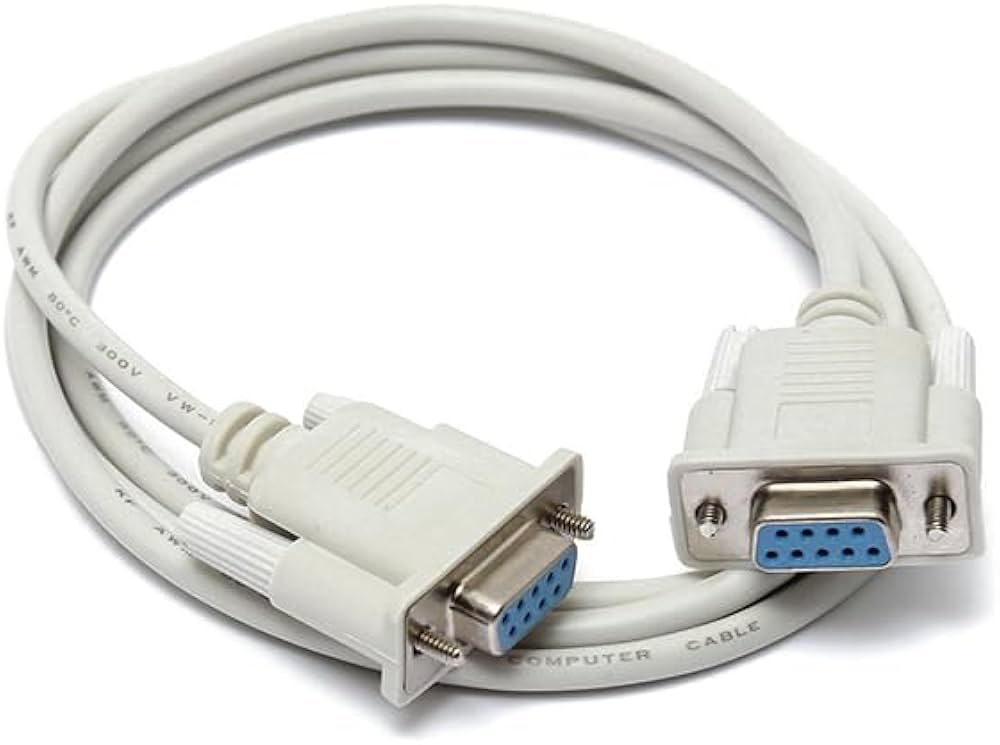
The Importance of RS-232 in Industrial Automation
Introduction RS-232 is a communication protocol with foundational significance in industrial automation. It serves as a standard for serial communication between computers and devices such as PLCs, HMIs, modems, and barcode scanners. Renowned for its reliability, simplicity, and low cost, RS-232 facilitates point-to-point data exchange over long distances using standard cables, especially where rugged environments require dependable performance.
Historical Background Developed by the Electronic Industries Association (EIA) in 1962, RS-232 was initially intended for teletype machines. The standard matured into RS-232C by 1969, setting specifications for electrical signals, timing, and connectors. Despite newer technologies like USB and Ethernet, RS-232 remains prevalent in industrial settings due to its effectiveness.
How RS-232 Works RS-232 communication begins with a start bit (logic 0), followed by data bits, and ends with a stop bit (logic 1). A built-in UART (Universal Asynchronous Receiver-Transmitter) in devices converts serial data into parallel format for processing.
Core Components of RS-232
-
Data Transmission: Structured via defined start, stop, and parity bits. Baud rates vary from 300 to 115,200 bps.
-
Electrical Signaling: Utilizes +3V to +15V (mark) and -3V to -15V (space) for logic states.
-
Connectors: Typically DB-9 or DB-25, supporting various serial peripherals.
-
Control Signals: Includes RTS (Request to Send) and CTS (Clear to Send) for hardware handshaking.
Applications in Industrial Automation
-
PLCs: RS-232 links PLCs to sensors, actuators, and HMIs for real-time control.
-
Human-Machine Interfaces (HMIs): Facilitates interaction with processes like temperature or pressure adjustments.
-
Legacy Equipment Integration: Extends the lifecycle of older machinery.
-
Barcode Scanners: Used in inventory and POS systems.
-
Process Control & Data Acquisition: Enables monitoring and automation of complex systems.
Advantages of RS-232
-
Widespread Use: Supported by most industrial equipment and software.
-
Reliability: Operates over long distances with minimal data loss.
-
Ease of Use: Simple setup and troubleshooting.
-
Low Cost: Minimal hardware and cable requirements.
-
Compatibility: Easily converts to USB, RS-422, RS-485, or Ethernet.
-
Real-Time Communication: Crucial for real-time process control.
Industry Use Cases
-
Oil & Gas: Supervisory control and remote monitoring.
-
Food & Beverage: Connects sensors and regulators in high-speed production.
-
Pharmaceuticals: Ensures accurate and timely production.
-
Power Generation: Interfaces control devices with plant systems.
-
Other Sectors: Retail, aviation, security, robotics, building automation.
RS-232 vs Other Protocols
-
RS-485: Better for multi-drop and long-distance but more complex.
-
Modbus: Ideal for master-slave architectures but limited in speed.
-
Ethernet: High speed and scalability but costly and complex.
Conclusion RS-232 continues to play a critical role in industrial automation. Its simplicity, dependability, and cost-effectiveness make it ideal for point-to-point communications in rugged environments. While newer protocols are gaining traction, RS-232’s legacy and versatility ensure it remains a valuable asset in automation systems for the foreseeable future.
Contact PLG Automation
Phone: 800-906-9271
Email: sales@plgautomation.com
